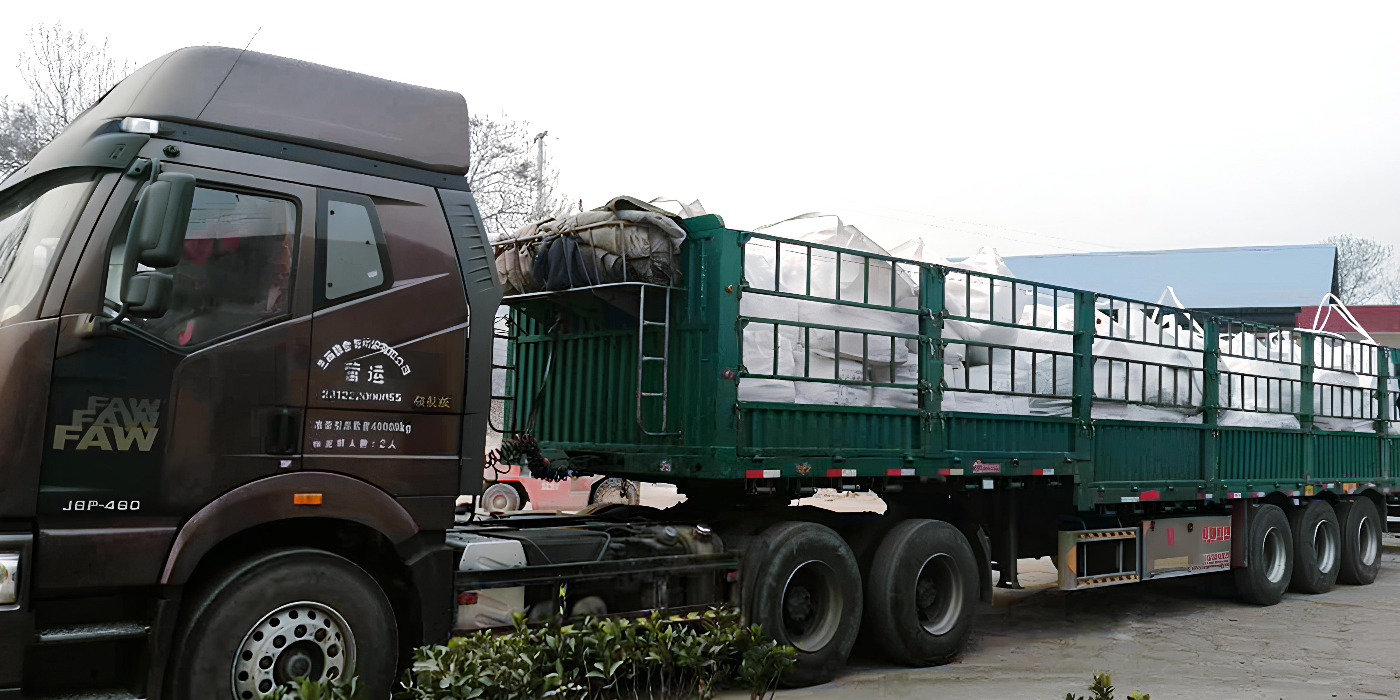Castable Refractories: A Comprehensive Guide
Castable refractories are a versatile and widely used class of refractory materials that offer unique advantages over traditional brick refractories. Unlike bricks, which are pre-shaped and fired, castable refractories are unshaped and can be molded or poured into desired shapes at the installation site. This characteristic provides numerous benefits, including:
Flexibility of Design: Castable refractory can be easily adapted to complex geometries and intricate shapes, making them suitable for a wide range of applications.

Ease of Installation: Castable refractories can be installed using various methods, such as casting, gunning, spraying, and ramming, allowing for efficient and cost-effective installation.
Stronger Monolithic Structure: Castable refractories form a continuous, seamless lining, eliminating the joints and gaps present in brickwork, which can be prone to cracking and erosion.
Improved Thermal Conductivity: Castable refractories can be engineered to achieve specific thermal conductivity properties, optimizing heat transfer and energy efficiency.
Properties of Castable Refractories
The key properties that make castable refractories valuable in industrial applications include:
High Refractory Rating: Castable refractories can withstand temperatures ranging from 2,300°F to 3,500°F (1,260°C to 1,925°C), depending on their specific composition.
Excellent Thermal Shock Resistance: Castable refractories can endure rapid temperature fluctuations without cracking or spalling, making them ideal for applications with cyclic heating and cooling processes.
Good Chemical Resistance: Castable refractories are resistant to attack from various chemicals commonly encountered in industrial environments, such as alkalis, acids, and molten salts.
Low Thermal Conductivity: Castable refractories can act as effective thermal insulators, minimizing heat loss from the process and improving energy efficiency.
High Strength and Durability: Castable refractories can be formulated to achieve high strength and durability, capable of withstanding mechanical stresses and abrasion encountered in industrial settings.
Types of Castable Refractories
Castable refractories are classified into several categories based on their composition and application methods:
Cement-Bonded Castables: These refractories use hydraulic cement as the binder, offering good strength and chemical resistance. They are commonly used in castable applications.
Chemically Bonded Castables: These refractories utilize chemical binders, such as phosphates or magnesite-sulfonate, providing high strength and rapid setting properties.
Plastic Refractories: These refractories are composed of fine refractory aggregates bound with clay or organic binders, offering flexibility and ease of application.
Ramming Mixes: These refractories are dry mixtures of refractory aggregates and binders, compacted into place using manual or pneumatic ramming tools.
Gunnable Refractories: These refractories are dry mixtures sprayed onto a surface using a pneumatic gun, providing a quick and efficient application method.
Applications of Castable Refractories in Industrial Furnaces
Castable refractories are widely used in various components of industrial furnaces, including:
Furnace Linings: Castable refractories form the primary lining of furnace walls, arches, and floors, providing the necessary protection against high temperatures, chemical attack, and mechanical wear.
Burners and Nozzles: Castable refractories are used to construct burners and nozzles, ensuring proper combustion and heat distribution within the furnace.
Flues and Ducts: Castable refractories line the flues and ducts of furnaces, guiding the flow of hot gases and minimizing heat loss.
Insulation Backing: Insulating castable refractories are used as backing material behind dense refractories to enhance the overall thermal insulation of the furnace structure.
Selection of Castable Refractories for Industrial Furnaces
The selection of castable refractories for industrial furnaces depends on several factors, including:
Operating Temperature: The maximum temperature the refractories will be exposed to during the furnace's operation.
Chemical Environment: The specific chemicals present in the furnace atmosphere, which may influence the refractory's chemical resistance requirements.
Mechanical Loads: The mechanical stresses and abrasion the refractories will experience, affecting their strength and durability requirements.
Insulation Needs: The desired level of thermal insulation to minimize heat loss and improve energy efficiency.

Discussion